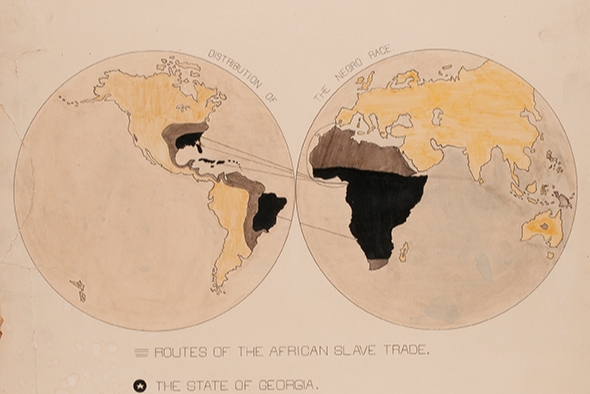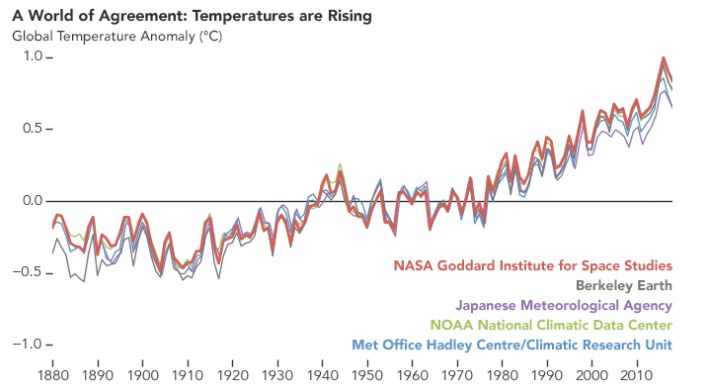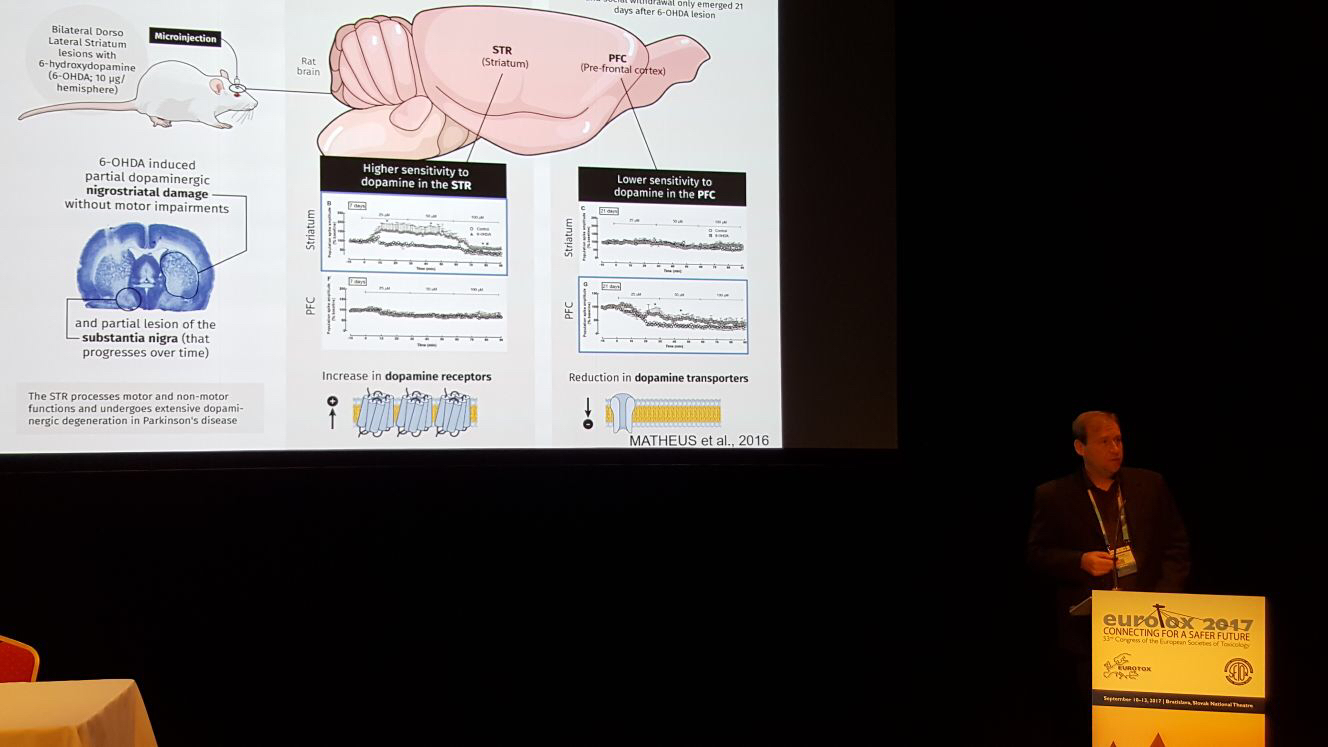Every week new scientific data are coming up. Herein, we collected amazing updates from Science and Scientific American. And, of course, they all have a scientific illustration catch!
Stay tuned! Every month we will bring more exciting news for you.
Unexpected Early Triassic marine ecosystem and the rise of the Modern evolutionary fauna
The life in the Early Triassic may not have been so simple. The discovery of new fossils actually suggest that life was quite complex. This paper not only brings brand new scientific data but also present them with many graphical abstracts!
“The Paris Biota is highly diversified and shows a largely unexpected composition. It combines taxa usually found in the Early Triassic from the western U.S. basin with more unusual taxa and with others previously unknown for this time interval ” Science magazine
W.E.B. Du Bois, Scientific American and Data Stories of the Early 1900s
Have you ever been curious about the life perspective in American society? How was life at the early 1900s? Du Bois infographics have a social and historic catch that helps understand the moment people were living.
“Covering a wide range of topics, including population, employment, literacy, and land ownership, Du Bois’ work was completed with the help of his students at Atlanta University and focused largely on the black community in Georgia. The series was displayed as part of the “Exhibit of American Negroes” at the 1900 Paris Exposition.” Scientific American

Fractal Secrets of Rorschach’s Famed Ink Blots Revealed
Remember those famous stain drawings from every psychologist session in the movies? Or have you ever looked at the sky and saw familiar shapes in the clouds? Well, apparently there is a scientific reason why we see things in stains or clouds.
“Researchers may have revealed the basis of Pollock’s intuition—using the mathematics of fractal geometry. They have found that images with relatively low ‘fractal complexity’ generate a greater number of perceived forms. ” Scientific American

Subscribe to our newsletter
Exclusive high quality content about effective visual
communication in science.








